
NEWS
21-11-2020 by redazione
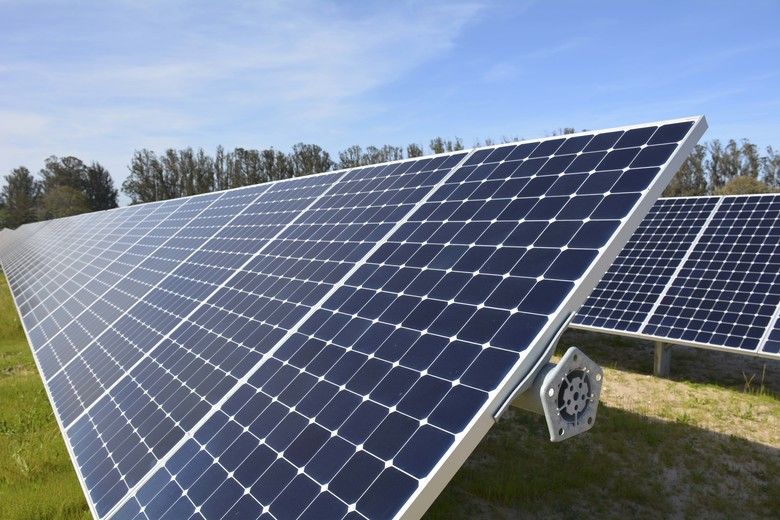
More and more companies, individuals and even public bodies in Kenya are relying on solar energy and are abandoning Kenya Power and Lightning to its fate.
Reliability and cheaper supplies, this is the reason behind the choice, according to the Kenyan economic daily Business Daily, which reports complaints from the public electricity company that revenues are falling.
According to Business Daily, KPL said that half of the national companies are gradually shifting to solar energy of their own production, giving a further blow to already declining revenues.
"Decentralised renewable energy options," the company says, "are becoming more available and cheaper. The risk is that next year we will lose 45% of 2019 sales, or 63 billion shillings for the purchase of 4.5 gigawatts.
In addition to obsolete plants around the country and high maintenance costs, the company's big problem, according to the business newspaper, is the "empty-for-full" clause in the contracts signed between the government and the electricity producers, which obliges Kenya Power to purchase an agreed amount of electricity, regardless of need.
But who are the power producers and what relations do they have with the Government itself?
As a result, there are many realities such as factories, universities, even Mombasa International Airport, which have married photovoltaic power by connecting it to the electricity grid.
A major energy consumer such as Africa Logistics Properties (ALP) installed a 506 kilowattpeak (kWp) hybrid solar photovoltaic system two years ago, which will save them 12 million a year.
Nairobi's Garden City Mall installed a $1.9 million (Sh207.8 million) photovoltaic canopy to generate 1,256 megawatt hours per year from the 3,300 solar panels installed in the shade of the upper car park, with the forecast to reduce bills by around 31.6 million Sh31.6 million per year.
Williamson tea producers have also solarized their Changoi farm, reducing electricity bills by a third.
Oil refineries and hospitals are also thinking about large plants.
As for citizens, official data published last year by KPL shows that well over two million households also use solar power for lighting or part of their electricity needs. This is already 19% of all households. According to Business Daily in rural Kenya, photovoltaic panels have even surpassed KPL meters in rural Kenya, 30 per cent of which account for 26 per cent.
This is also confirmed by a report by the United Nations Environment Programme and the Partnership of the Technical University of Denmark (UNEP-DTU) which illustrates how the rapid decline in global photovoltaic prices, rising energy demand and available funding have enabled the rapid growth trend in Kenya.
Demand comes from energy-intensive consumers in industry (14.2MW), commercial enterprises (11.5MW), horticulture (7.9MW) and institutions (5.7MW).
"By investing in solar energy, they not only eliminate fuel costs for generators, but also reduce the high burden of grid tariffs," explains Padmasai Lakshmi, one of the speakers of the report, who adds that over 50% of electricity consumers have self-financed their photovoltaic systems. "Our figures indicate that the total capacity of the tied photovoltaic plants currently in Kenya is 40MW. In fact this figure is likely to be even higher, assuming that these data are not completely comprehensive," confirms Lakshmi, in a statement reported by People Daily, "most of these systems have been installed by industrial consumers (39 projects, 14MW). With 1,200 manufacturing companies in Kenya (960), there still seems to be potential for further market expansion.
ENERGY AND RISKS
by redazione
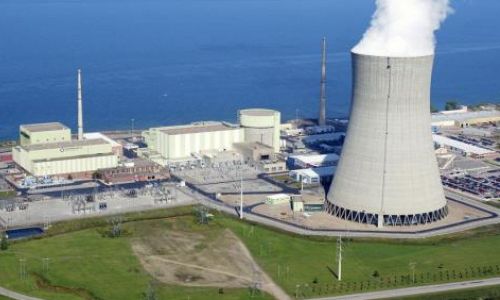
Kenya insists on nuclear energy, and aims to build its first power plant on the coast, starting...
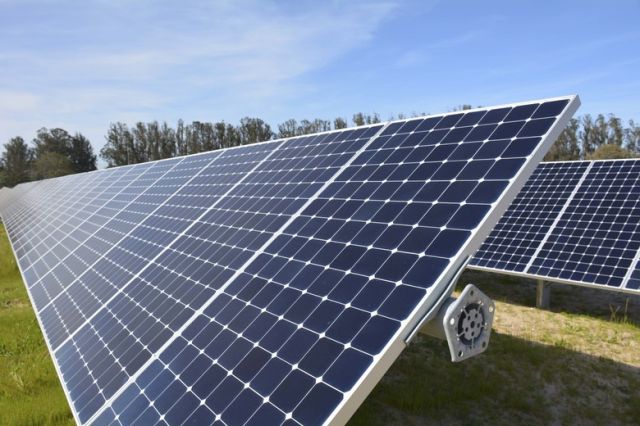
Beginning this year, presumably, Kenyan citizens and foreigners residing in Kenya will be able to legally...
NEWS
by redazione

Another step forward for Kenya in protecting the environment and against pollution: Daniel Arap Moi Airport in Mombasa is the first on the African continent...
NEWS
by redazione

Kenya will be one of the few countries in the world from which the annular solar eclipse will...
ENVIRONMENT
by Leni Frau

Kenya's 'green' vocation does not stop and indeed, with the acceleration of the United...
ENVIRONMENT
by redazione

The first solar system that makes drinkable water from the Indian Ocean has been installed in Kiunga, in the...

Italian fertilisation plants to raise agricultural production standards and reduce costs and carbon...
NEWS
by redazione
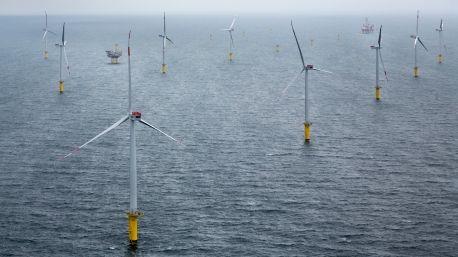
There will be no wind farm in Ngomeni, the area north of Malindi, well known to Italians for its San Marco base.
The 600 megawatt mega-power station, which would have given renewable energy to the entire coastline through the wind, will...
ENERGY
by redazione
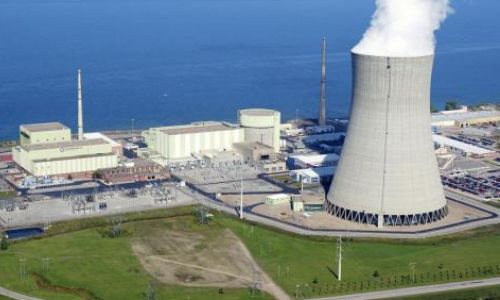
Kenya's nuclear energy agency (NuPEA) has given a mandate to a Chinese company, the...
My mal d'Afrique is not nostalgia
it is thirst
thirst for human energy
voices
smells so familiar, in the morning when I wake up, at the end of a dream taking me out there ...
thirst for strong hands taking...